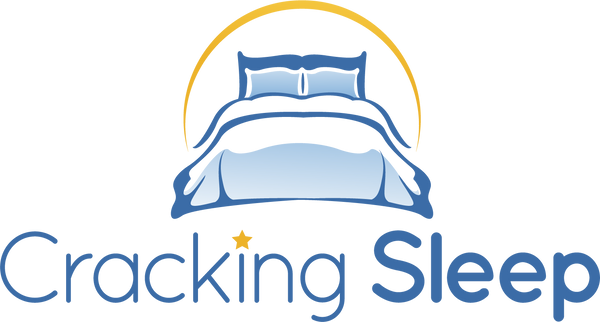Read time: 4 minutes
What’s inside?
- Quick recap on OSA and COPD?
- Where’s the crossover?
- So, what has CPAP ever done for us?
Do not think of a red balloon.
What are you thinking of?
… a red balloon, right?
Good.
Hold that thought, we’ll come back to it soon…
- Quick recap on Obstructive Sleep Apnoea (OSA) and Chronic Obstructive Pulmonary Disease (COPD)
Before we dive into any links, it should prove useful to understand what both OSA and COPD are…
OSA, or Obstructive Sleep Apnea/Apnoea, is a condition where muscles in the airway relax during sleep and block that same airway. This causes the owner of that airway to stop breathing for a bit while the body realises it isn’t getting enough air and auto-survival mode kicks-in to jump-start the breathing again.
COPD, Sunday name Chronic Obstructive Pulmonary Disease, is an inflammatory lung disease causing the lungs to work less efficiently. COPD sufferers typically experience difficulty breathing, coughing, mucus (sputum/glut) production and overall wheezing/trying to catch a breath.
While many COPD patients also have sleep apnea/apnoea, this isn’t our main focus today.
Today we’re interested in whether CPAP (Continuous Positive Airway Pressure) therapy, which helps keep sleep apnea/apnoea patients breathing, can also help COPD patients.
- So, what has CPAP ever done for us?
Well, for a starter, it keeps airways open – which is kinda important – but for COPD patients there are a few extra benefits…
1. Improvement in Respiratory Patterns: CPAP therapy has been shown to improve respiratory patterns in COPD patients by regulating breathing and improving the brain to body muscle memory, which kinda means reminding the lungs what good breathing looks like.
This alone helps COPD patients by reducing the effort (and for some it is a mighty effort) to breathe effectively.
2. Reduction of Blood Pressure in the Lungs: Remember that red balloon with the blue ribbon? Good… get a good picture of that balloon in your mind now.
Sleep apnoea is known to contribute to elevated blood pressure within the arteries of the lungs (pulmonary hypertension), which can make the patient’s COPD worse.
If you imagine that red balloon to be one of your lungs, every time you breathe-in the balloon fills with air. This air brings fresh oxygen from outside into the lungs where it is absorbed through the lungs (or balloon) to be sent to your bloodstream keeping all your internal bits alive and, hopefully, working.
The actual expandable red balloon is your lung, absorbing that life-giving oxygen and spreading it like a ‘poor oot’ at an old-fashioned Scottish wedding.
What CPAP does is help reduce the overall risk by ensuring more oxygen gets through to the patient’s bloodstream which, in turn, helps reduce blood pressure.
3. Live Longer if You Have Both: Studies outlined here have indicated patients suffering from both COPD and Obstructive Sleep Apnea have a greater chance of living longer if they use CPAP therapy. Quite a bonus when you consider the serious health risks linked to each of these conditions.
4. Enhanced Sleep Quality and Reduced Daytime Sleepiness: By preventing apnea events and improving oxygen flow, CPAP therapy can significantly enhance sleep quality for individuals with COPD. Better sleep contributes to improved overall health, reduced daytime sleepiness, and better cognitive function.
5. Potential Reduction in COPD Exacerbations: While evidence is still emerging, there is a potential for CPAP therapy to reduce the frequency and severity of the COPD experience too. This is due to the overall improvement in respiratory function and reduction in strain on the lungs.
This study provides a bit more detail on one specific study where patients had both COPD & Obstructive Sleep Apnea and where they had a history of smoking too.
So, there’s pretty convincing evidence CPAP therapy can provide a range of benefits to those with existing COPD.
Yes, there are downsides to CPAP therapy, but when you seem to have been hit with a medical double-whammy it is surely better to have access to a therapy that can improve your overall health experience.
Many of the studies mentioned here concentrate on patients with both Chronic Obstructive Pulmonary Disease and Obstructive Sleep Apnea. However, more studies have gone on to indicate CPAP therapy could also benefit those solely suffering from COPD… no sleep apnea involved.
If you have COPD and are already on CPAP therapy there’s a train of thought that may consider you lucky. You probably don’t feel lucky, but simply having that extra flow of oxygen into your lungs may be extending your life in immeasurable ways.
If you have COPD and are not on CPAP therapy… perhaps because you don’t have sleep apnea… it may still be worth discussing your options with your medical practitioner.
That extra help may be just around the corner.

